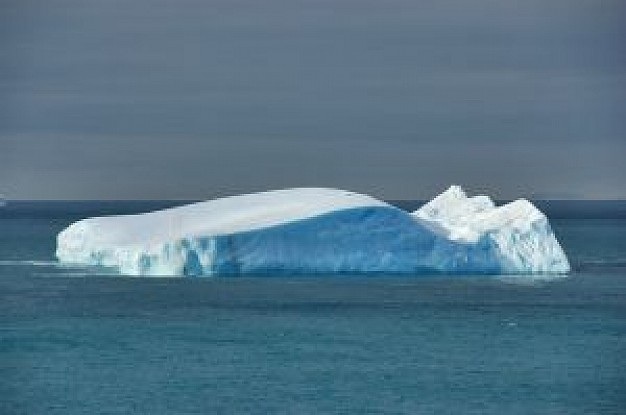In 10 years no ice?
21 September 2012 • John de Croon
risk management, policy development, planning
On 8 September 2012 I read in the Dutch newspaper ‘De Stentor’ the title of an article 'Free of ice in 10 years.’ The article describes that the melting of Arctic ice goes much faster than what scientists believed would be possible. In the article famous Dutch weatherman Reinier van den Berg proposes that ‘we have to worry and that it seems that the reality goes faster than the predicted worst-case scenario’. The total volume of sea ice over the past 30 years has decreased with 75%. Due to melting of the ice on Greenland and in the Antarctic, there will be a rise of the sea level. According to the article, the sea level in the Netherlands will rise with almost a meter for the year 2100. Van den Berg recommends therefore speeding up in creating a green economy.

Picture: http://nl.freepik.com/vrije-photo/ijsberg-1_33940.htm
Scientific journalist Marcel Crock responds to the statements of Van den Berg in the article. ‘Only since 1980, satellites structurally make recordings of ice so the decrease of the ice is not very sure,’ said Crock. He also indicated that in the past, periods of cooling and warming have been seen. One thing is certain: the predictions contain uncertainties[1].
My colleague Ype presented a risk chain in a column[2]. On the basis of this risk chain, the decrease of the ice (and thus the rise of the sea level) can be seen as the cause. This affects various assets such as our dikes, which could flood as a reaction. When a major flood occurs, the consequence is that possibly many people will die and the financial damage is enormous.

It is uncertain whether we can reverse the cause of the climate change. Approximately 80% of the world population wishes economic growth, which we in the west already made. Removing the cause (if man is the cause, but that seems plausible) implies that 80% of the world population is condemned to poverty (and preferably a little more, because also with the current emissions the earth is already warming). It is also unclear whether the measures have influence in time. So if we want to be safe, we in the Netherlands should concentrate on the reaction of the assets rather than the causes of the risks. To be specific: increase and strengthen the dikes to prevent flooding.
It is certain that the climate change has negative consequences. When a rise in sea level occurs and very heavy rain showers will occur, you'd better be prepared. Van den Berg asks the question in De Stentor whether we would like to keep the major cities such as Amsterdam, Rotterdam and The Hague in the next 100 years. ‘I do not hear anybody about this’ he says. I think the sympathetic weatherman is not quite right on this topic. Indeed, the Delta Commission in 2008 produced a report that provides a solution to keep our feet dry. In the report can explicitly be read that we must be prepared for the consequences.
This committee was asked by the Dutch government to give an opinion on the protection of the Netherlands against the effects of climate change. The report of the Delta Commission contains specific mitigation measures. With the implementation of the Delta Programme until 2050 an amount of 1.2 to 1.6 billion euro per annum and for the period 2050-2100 an amount of 0.9 to 1.5 billion euro per year is needed. These are serious amounts! As Asset Manager you want to know the return on an investment. In this case, how much risk reduction do we get for the investment? Unfortunately I have not found it in the report. My colleague Ype had the answer already: imagine that about half of the Netherlands is at risk. The GNP of the Netherlands is approximately 600 billion euro per year, which means that in order to keep about 300 billion euro in revenue, you should invest 2 billion euro per year. A sound investment!
To summarise: in asset management you sometimes better focus on managing risks at the level of the asset, the reaction or consequence rather than the cause. After all you do not always know whether you can influence the cause. Therefore turn the button(s) which lead to the optimal solution and ensure that the expected risk reduction per euro (or any equivalent) is clear. Related to the climate change, the focus on assets (for example, higher and stronger dikes) provides more safety than to do something about the cause. But that should obviously not limit investments in a green economy.
So the only discussion left is who needs to pay for the required investments.
John de Croon is partner at AssetResolutions BV, a company he co-founded with Ype Wijnia. In turn, they give their vision on an aspect of asset management in a weekly column. The columns are published on the website of AssetResolutions, http://www.assetresolutions.nl/en/column
<< back to overview
|


